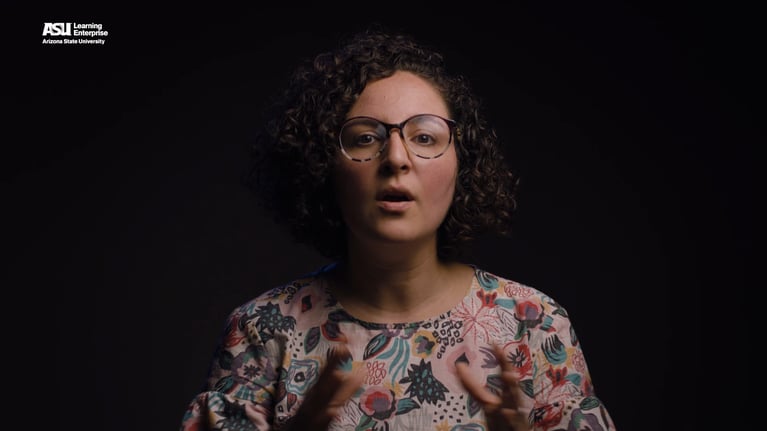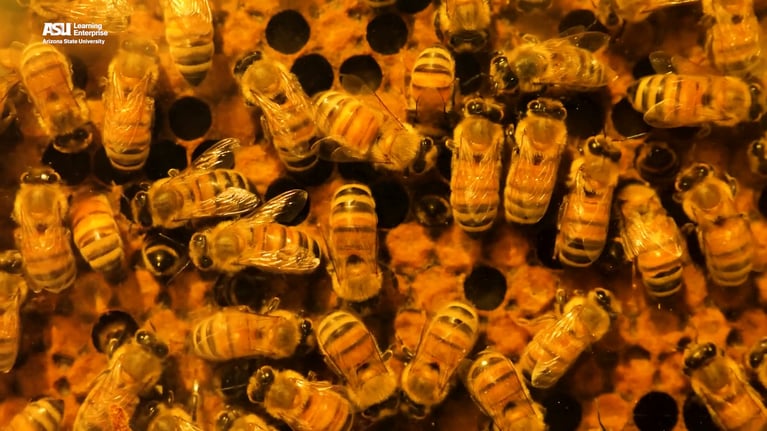ASU Learning Sparks
Sustainable Design: A Comprehensive Approach to Future-Proofing Our World
The design process plays a crucial role in sustainability, considering the global impacts of technology production. Design approaches like Eco Design, Life Cycle Design, and Cradle to Cradle focus on environmental stewardship, while others like Emotionally Durable Design address social, economic, and spiritual aspects of sustainability. The goal is to create products that respect the 'Triple Bottom Line' of economic, environmental, and social considerations, ensuring we meet present needs without compromising future generations. As designers, we have the power to direct rapid technological changes towards positive, sustainable outcomes.
Sustainability is a broad, multi-faceted topic. The literature to date reveals that early expressions of sustainability comprised three main strands – the so-called Triple Bottom Line – of economic, environmental, and social considerations.
There are also a variety of initiatives dedicated to encouraging sustainable production – such as the Natural Step and Natural Capitalism. Hence, various models for creating sustainable lifestyles have been attempted. These frameworks seem to be adopted mostly by corporations.
Sustainability in its most widespread definition by the UN is meeting the needs of the present without compromising the ability of future generations to meet their own needs. Therefore, the future needs to remain a constant consideration when we talk about sustainable anything.
From a designer's perspective, sustainability should be embedded in the thought of a product through to its execution. An example could be electric vehicle production. Day to day, we are seeing an undeniable increase in the EV market. However, does calling all the EVs zero emission do the whole industry justice? If we look at the production and even the materials extraction phases all EV's still use traditional methods of production and materials. On another note, even the most sustainable methods of production might still be considered unsustainable if they don’t respect the 3 Ps: people, planet, and profit.
Some of the design approaches – Eco Design, Life Cycle Design, Cradle to Cradle - focus primarily on environmental stewardship and lessening the harmful impacts on nature caused by a production/consumption system. Life Cycle Design, which is also known as EcoDesign or Design for Environment, is the combined practice of design and environmentally conscious manufacturing. In the late 1980s, Eco Design emerged with ‘longer-term goals of redefining design and industrial practice’. William McDonough and Michael Braungart came up with a business model called Cradle to Cradle in which they suggest learning from nature’s life cycle as a basic production strategy for the industry as a solution offering sustainability. Cradle to Cradle introduces eco-efficiency as a reasonable framework for designing for sustainability; however, the 4 R’s (reducing, reusing, recycling, and regulating) usually require more energy and might become more harmful during the process. Eco Design and its derivations and certification programs like Cradle to Cradle are often criticized for promising more than they are capable of delivering.
Another way to design for sustainability is manufacturing products that are durable and long-lasting. These approaches are called Emotionally Durable Design, Design for the Quadruple Bottom Line, and Critical Design - and they deal with issues concerning social, economic, and spiritual aspects of sustainability in addition to the environmental aspects.
Economists, the public health sector, and political and social scientists are the main groups of experts that have different understandings of sustainability. One approach to designing for sustainability includes economic, social, environmental, cultural, and personal aspects of sustainability, which are also interpreted differently in diverse areas. The most important thing not to ignore here is that sustainability is an issue on both the global and local scales. It is a concern of policy-makers, environmental experts, grassroots ecological and social groups, indigenous people, and people committed to changing their communities.


